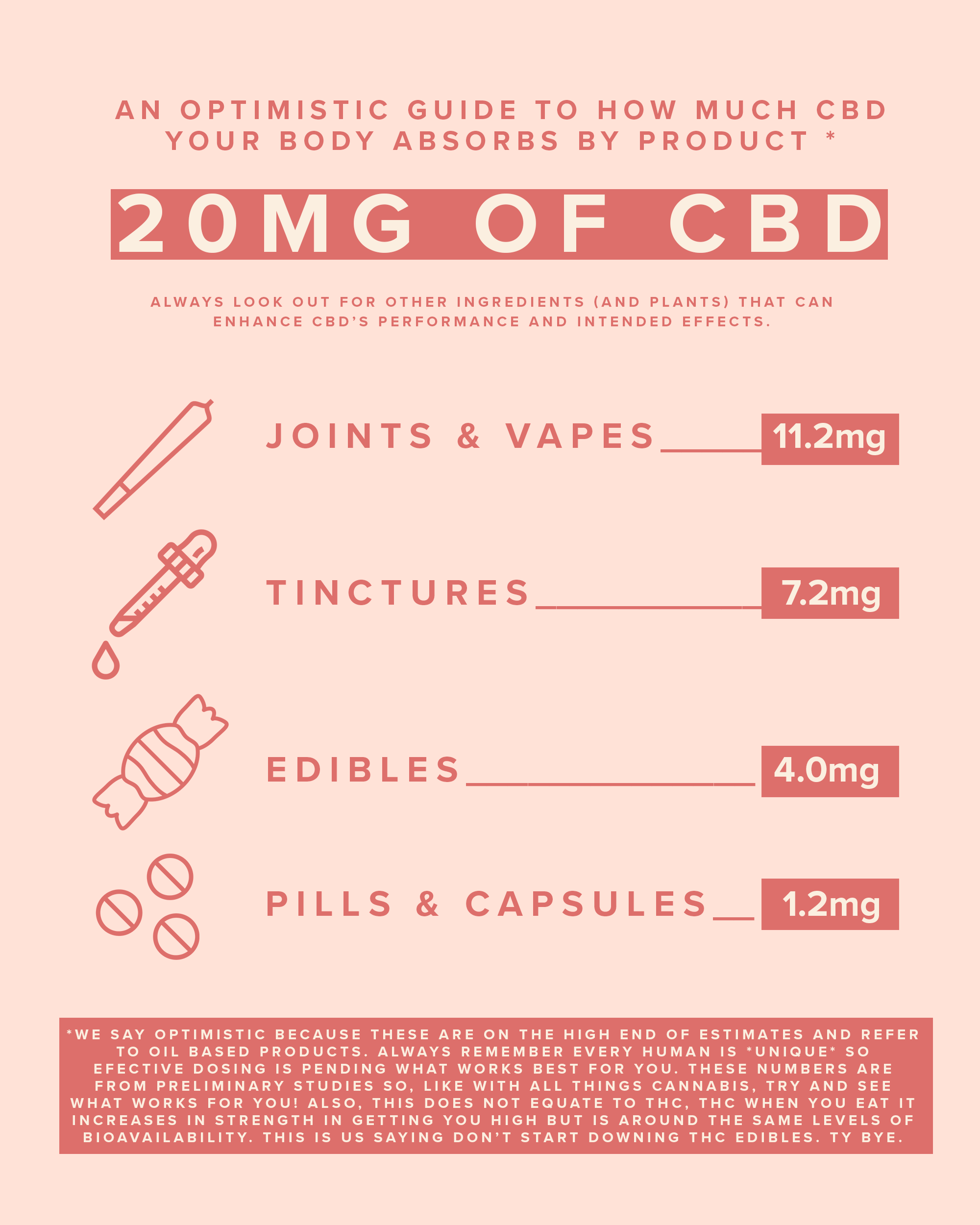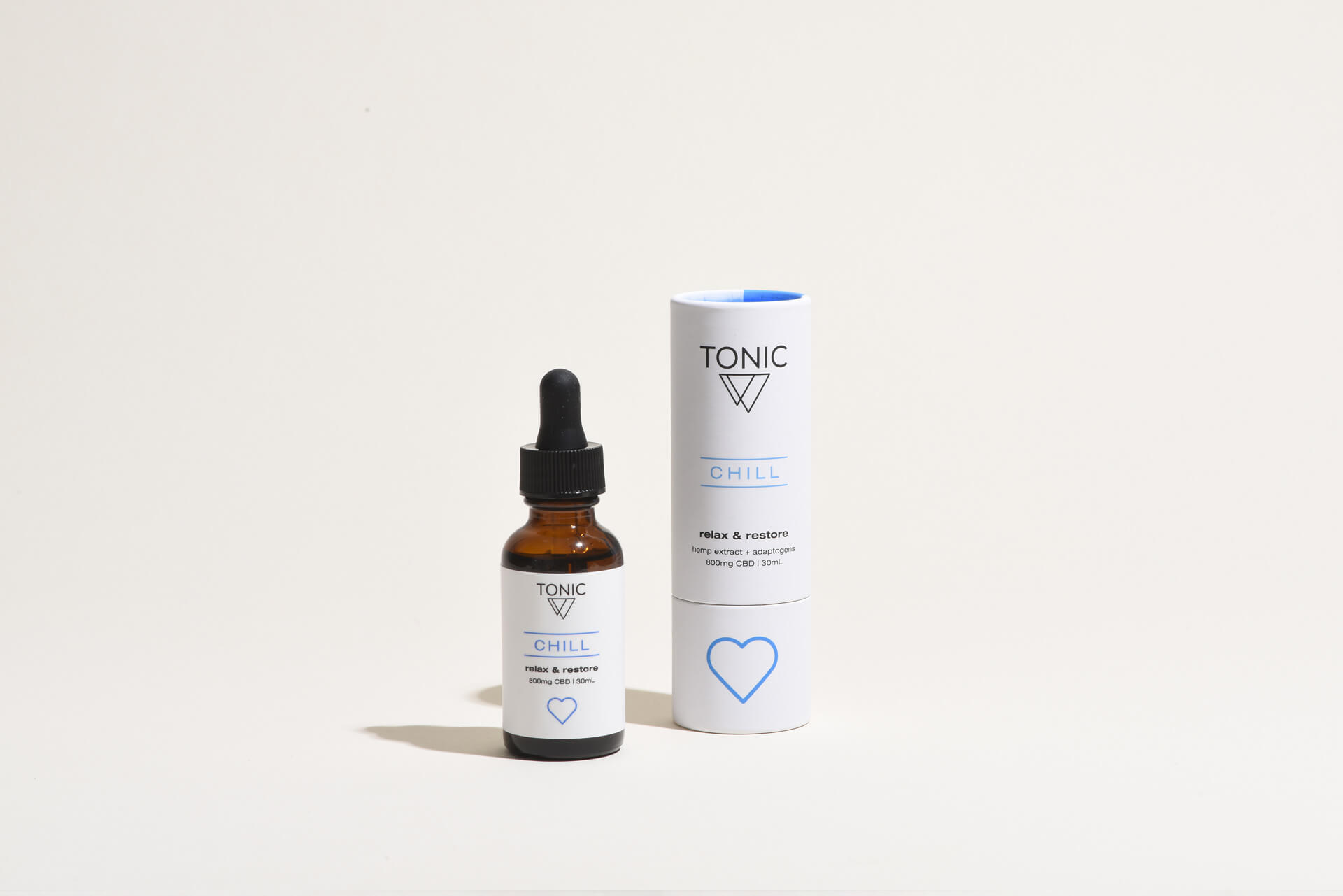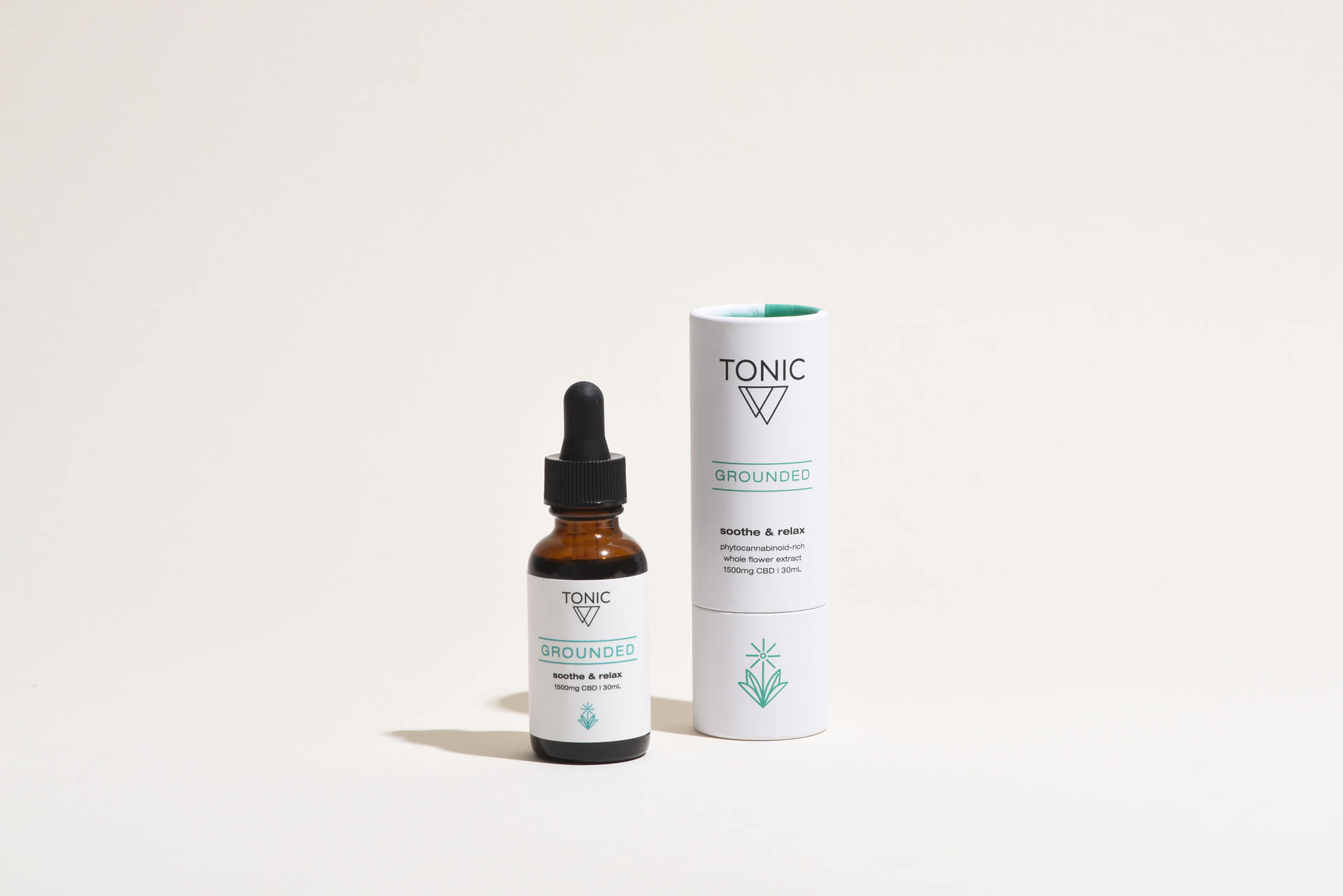New to CBD and Wondering Which Products are Best for You? We’re Here to Help!
CBD is everywhere (we know!) and while the choices seem endless, it can be difficult to know where to even start. So, we have created this introductory guide to help you understand CBD and the Endocannabinoid System, the difference between different types of products, how to make sure you’re choosing the right one for your needs and how to determine good quality CBD products!
Let’s start with the basics…
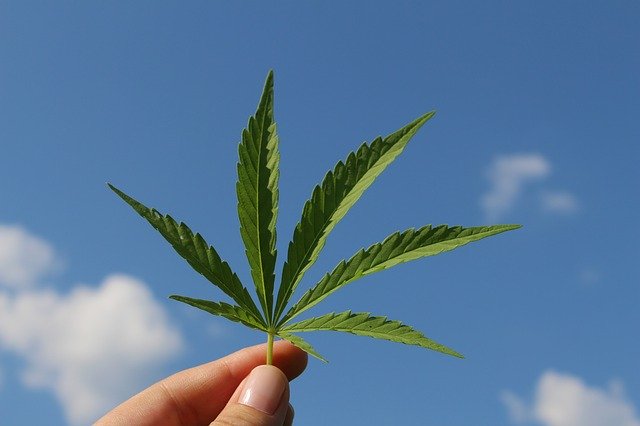
What even is CBD?
CBD is one of the many compounds (or cannabinoids) found within the cannabis plant. It provides many of the therapeutic benefits associated with cannabis, but without the “high” that is usually associated with cannabis consumption.
So, I won’t get high if I consume CBD?
Nope!* That is THC’s job. THC is the cannabinoid (cannabis compound) that enjoyed all of the spotlight up until very recently when CBD came on the scene in a big way.
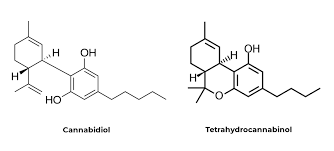
THC is usually the most abundant compound in the cannabis plant, but in many of the strains we see in dispensaries today the plants have been specifically bred to elicit the highest percentage of THC possible.
The only problem with that? When we increase one compound so greatly, it will result in a decrease in all of the other naturally occurring compounds.
Ever hear people (or maybe you are one of these people) say: “I used to smoke weed back in the [1960’s, 70’s, 80’s], but I can’t do it anymore I get too paranoid” or “this is different stuff than back then”. Well they are absolutely right – back in the day before advancements in breeding and cultivation techniques the cannabis plant was much closer to its true form, which consisted of a full, well-rounded profile of cannabinoids.
This means that most of the time, the strains of cannabis most people are consuming contains little to no CBD. This is why even if you are an avid recreational consumer, you aren’t getting everything your Endocannabinoid System needs.
CBD works quite differently than THC; it acts upon different parts of the Endocannabinoid System, nourishing and conditioning it in a different way.
CBD vs THC
An important thing to know is that CBD and THC are actually antagonistic, meaning they negate each other’s affects to a certain degree. For example, if you were to get a product from your local dispensary that was a 1:1 ratio of CBD:THC, you might feel a little bit of a lightness in your head and a little euphoria, but definitely wouldn’t be feeling “stoned”*
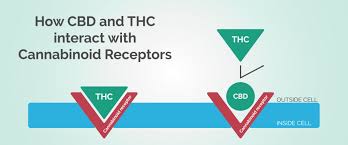
The CBD that you don’t buy from the dispensary; the kind of CBD you can buy online or at your local retailer, is sourced from hemp that has below .3% THC on a dry weight basis. For the hemp/CBD to be legal to sell, it must meet this requirement. The very small amount of THC, combined with the high levels of CBD, ensures that your CBD products will not get you high*.
The key to this whole ‘is it or isn’t psychoactive’ thing is the CB1 receptor, THC’s affinity, and CBD’s lack of affinity towards it. And that is our way of smoothly transitioning to the most important part of this whole conversation: The Endocannabinoid System!
*it should be noted that there are cases where people feel a “high” from CBD products. It is not a common occurrence, but is worth stating that we can all process cannabinoids a little differently.
What is the Endocannabinoid System and Why Should I Care?
The Endocannabinoid System is a vast communication network that exists within every mammal and regulates important physiological functions like pain, immune function, sleep, appetite, blood sugar, anxiety, mood and more… all with one primary goal: maintain homeostasis.
Homeostasis is the body’s ideal state of balance. It is the sweetspot where all systems are firing as they should; it is the baseline for your overall health.
Our ECS, incredibly enough, was not discovered less only ~30 years ago! It is now seen as a true bridge between body and mind; an essential system that has been neglected through the criminalization of hemp/cannabis in the early 20th century.
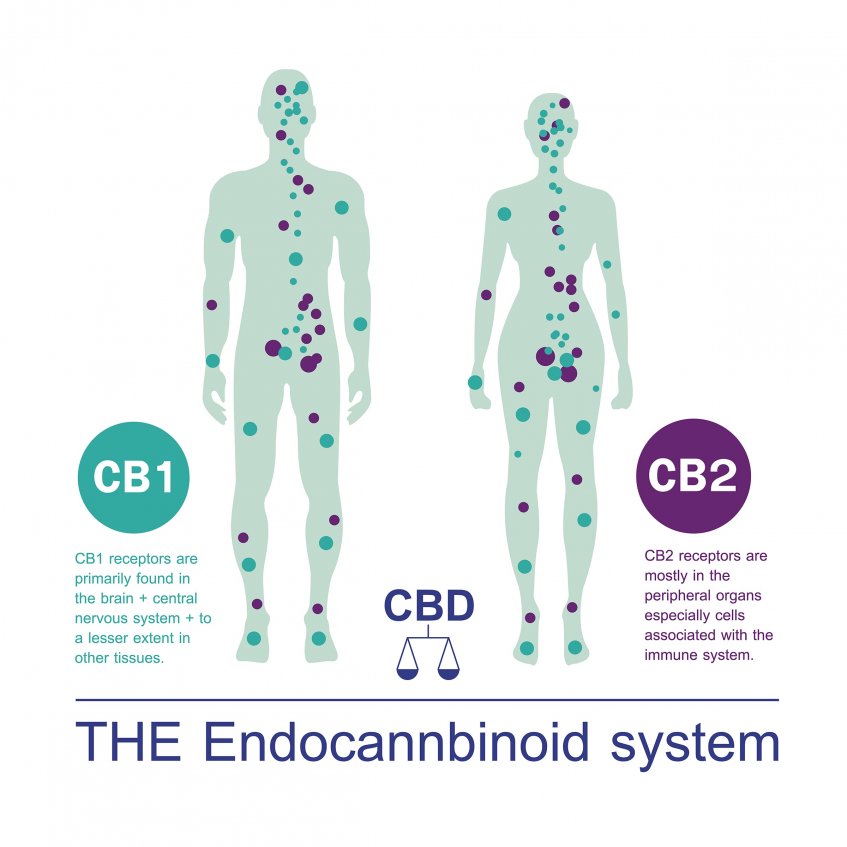
Understanding the ECS starts with understanding its 3 primary components:
- Cannabinoid receptors found on the surface of cells
- CB1 receptors – brain and spinal cord; to a lesser degree in white blood cells; parts of the reproductive, GI tracts
- CB2 receptors – immune system, peripheral organs and tissues
- May be more that have not been discovered!
- Cannabinoids: molecules that activate cannabinoid receptors
- Phytocannabinoids: produced by plants (ex: CBD and THC)
- Endocannabinoids: produced by our own bodies; endogenous (ex: anandamide and 2-AG)
- Metabolic enzymes that break down endocannabinoids after they are used (1)
- FAAH (Fatty acid amide hydrolase) is going to be the important one to remember!
Retrograde Signaling
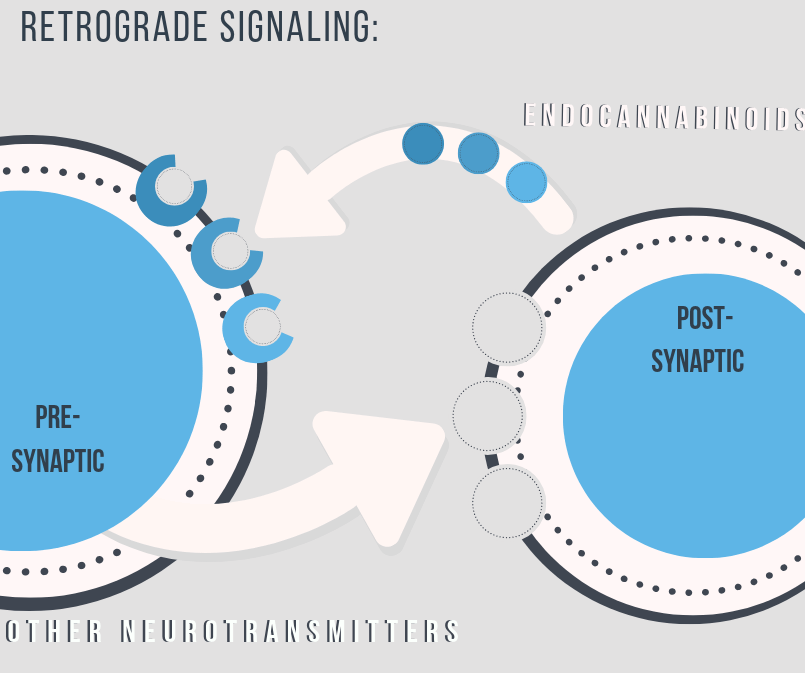
Retrograde signaling is the magic of the Endocannabinoid System. It is what makes it such a powerful and efficient regulator.
Rather than simply reacting to the message being received by neural messengers, endocannabinoids are able to take a more proactive and efficient approach in order to regulate synaptic activity.
Retrograde signaling means cannabinoids are able to:
- Assess the synaptic-activity-situation
- Determine what needs to be done to normalize the activity (up-regulate or down-regulate)
- Send the appropriate signal to the pre-synaptic neuron.
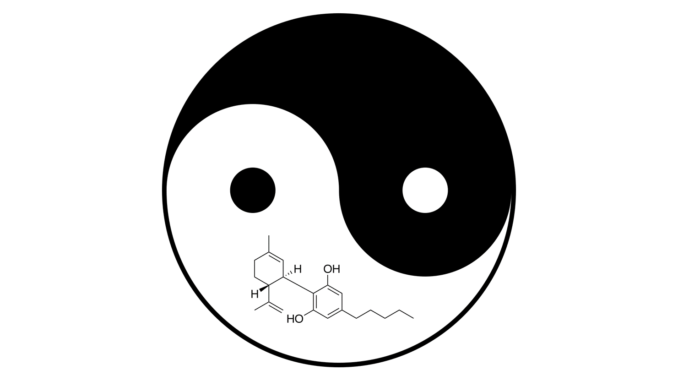
CBD is often compared to prescribed SSRIs in this sense: it controls the amount of serotonin – the neurotransmitter largely tied to anxiety and depression – by influencing the synaptic activity (tells the body to produce more serotonin).
CBD’s Role in the ECS
CBD does not directly bind to the CB1 or CB2 receptors. Rather, CBD works to block the breakdown of the enzyme FAAH.
This is important because FAAH is the enzyme responsible for breaking down Anandamide.
Anandamide is that endocannabinoid we mentioned before – often called the bliss molecule, it largely influences anxiety/depression, motivation. No wonder we would want as much of that as possible floating through our system! … and that is exactly what CBD allows for 🙂
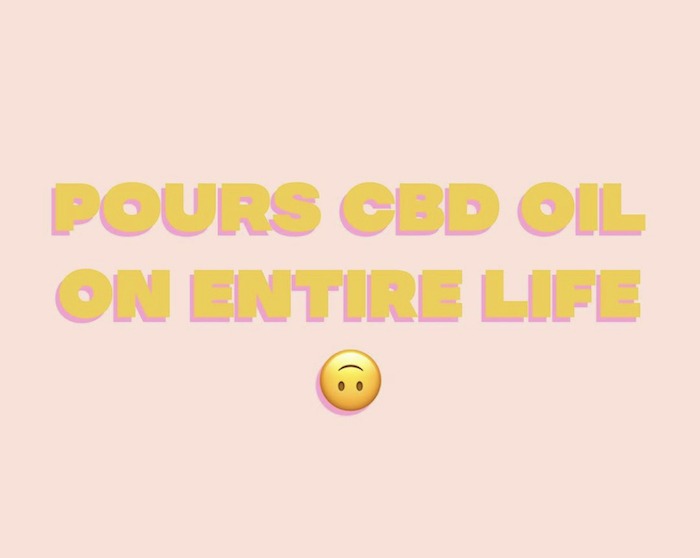
Here is the real kicker: CBD also works through non-ECS pathways like 5HT1A (influencing serotonin levels) and TRPV1 (influencing inflammation and pain sensation).
What’s the Best Way to Take CBD?
Tinctures, topicals, food, vapes, capsules, pre rolls 🤯⁉️
There are a lot of options out there. They each come with their pros and cons and should be viewed in the context of what YOU specifically are looking to get out of your CBD products.
These are some factors to keep in mind:
Bioavailability
Bioavailability refers to the rate of absorption into the bloodstream – how much is actually active and available for use. Check out this super helpful infographic by Nice Paper to understand how the different products perform:
We take the “loss” of actual CBD into consideration at TONIC – our lowest strength Dose is 23mg/mL, and then they go up in concentration from there. That way, even if you are only absorbing half of it you are actually getting enough CBD to actually do something!
Time to Onset
Inhaling your CBD is going to provide the fastest effects. You feel the effects of smoking – either vaping or flower – much quicker than you would a tincture or edible.
Tinctures are going to provide a faster effect than ingestibles like capsules or infused food (as long as you follow directions and actually hold that tincture under your tongue for 30-60 seconds!!)
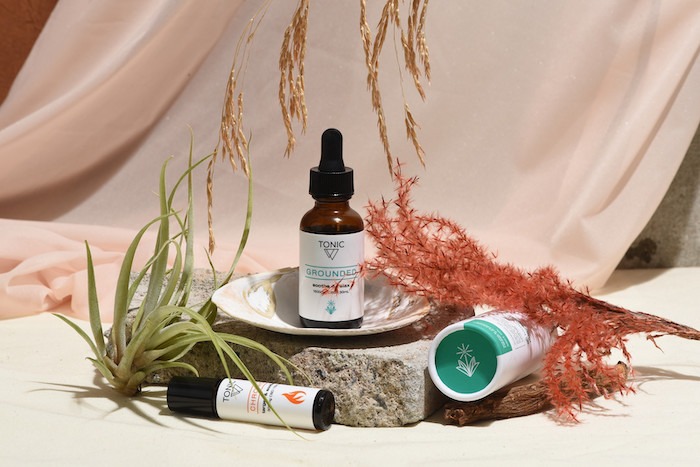
Topicals can be super fast-acting. Apply a CBD cream or oil onto the affected area and sometimes the results can happen within minutes. Watching people try our our Chronic TONIC roll-on oil for the first time is one of my absolute favorite things because almost instantly there is a look on their face like “holy crap, do I really feel better already?!”.
What’s Your Ultimate Goal?
Are you looking for help managing inflammation and immune response? Or anxiety and restlessness? Daytime or nighttime?
If stress management and anxiety are more of the effects you are looking for, then a topical is unlikely to help as much as a tincture, ingestible, or inhalant product would.
Higher dose tinctures are usually best for managing pain and inflammation as well as improving sleep patterns.
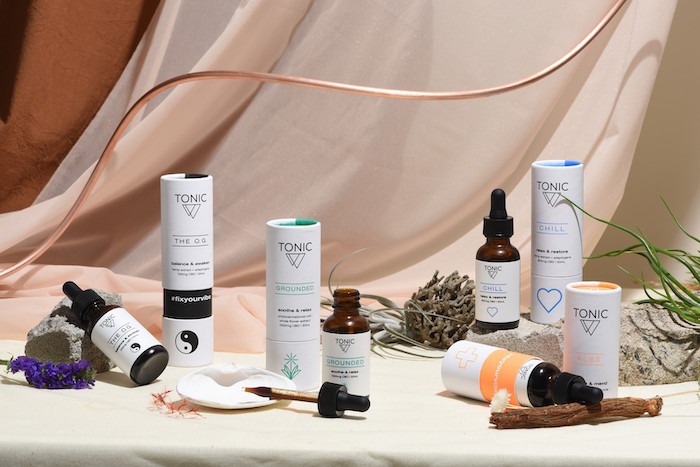
Smaller doses can provide a more awakening, balancing effect while a higher dose can provide greater support and a more relaxing and restorative effect.*
*No Matter the Type of Product, Note This:
Everybody is different.
No matter what, start low and see how your body reacts. If you feel you need to increase the dose after a few days, slowly work your way up until you find what’s right for you.
CBD can interact with prescription medication. CBD can inhibit an enzyme called cytochrome p450, which is responsible for the metabolization of certain medications.
If you are currently under the care of a physician and being prescribed medication, consult with that physician to ensure that it is safe to combine. They may also be able to tell you what dosage range to stay within to ensure that there are no interactions.
If your doctor is not open to discussing CBD try your pharmacist, they can be a great resource!
How Do I Know if a Product is Good Quality?
The CBD industry is widely unregulated. The FDA is still figuring out how they want to handle CBD so, in the meantime, it is up to manufacturers and brands to self-regulate and up to consumers to be educated and know what to look for.
Certificate of Analysis (COA)
This is the most standard thing a brand should be able to provide you with. COAs should be clearly listed on the website or should be accessible through a QR code on the label or similar technology.
Look for:
- Batch-Specific Potency: how much CBD is in there? Is it the same as what the package states?
- If it says full spectrum, is there minor cannabinoid potency to reflect that?
- Lot / Master tests for residual solvents, pesticides, heavy metals and microbial content
- If it is flower or something that makes certain claims about terpene content, then there should be terpene analysis as well.
You can find our lab reports here . But we take it a step further at TONIC – you can access lot and batch-specific reports along with sourcing information by simply tapping your phone to the top of your TONIC product. We use BlueBite NFC authentication technology to provide total transparency to our customers at all times.
Sourcing
Where is the hemp coming from? How is it cultivated? Is sustainability being considered?
Craft cultivated hemp flower retains a much greater concentration of the full profile of cannabinoids and terpenes, which leads to a more efficient extraction process and higher quality end products.
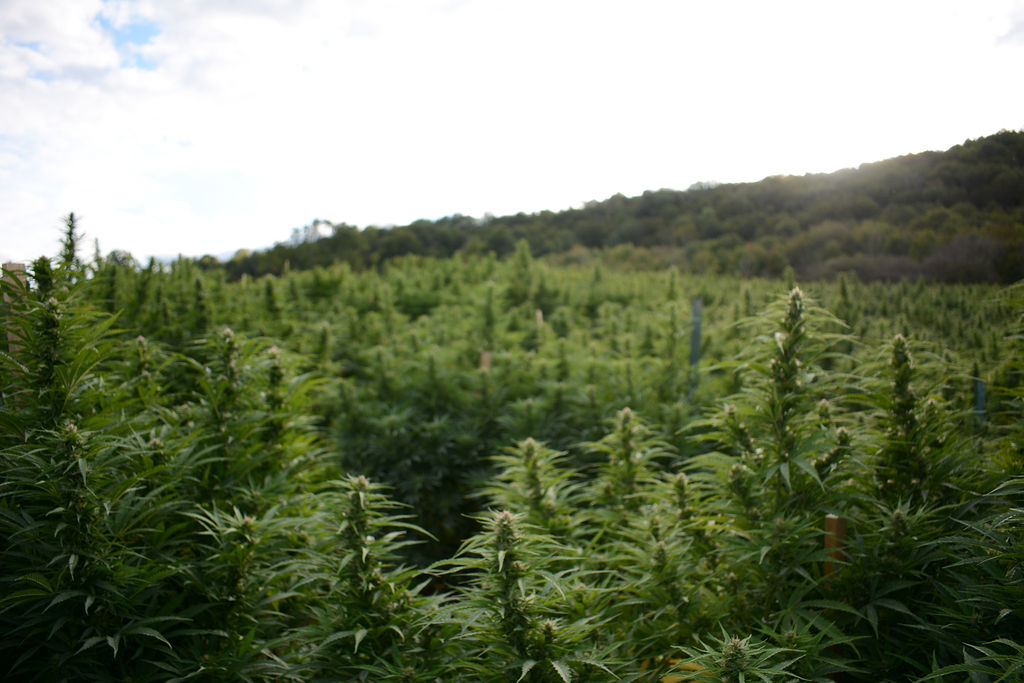
A lot of the CBD products you buy are produced by the same 4 huge manufacturers who contract out 100-acre farms to grow for them and it is a very mechanized, industrialized process that loses all intention and gets very far away from what the cannabis plant actually stands for.
The TONIC Difference
We grow our own artisanal flower on Tricolla Farms and extract that material through our newest operation: Bardo Labs. We focus on the craft, the science, and the overall respect that these processes deserve and are very proud of all branches of our supply chain.


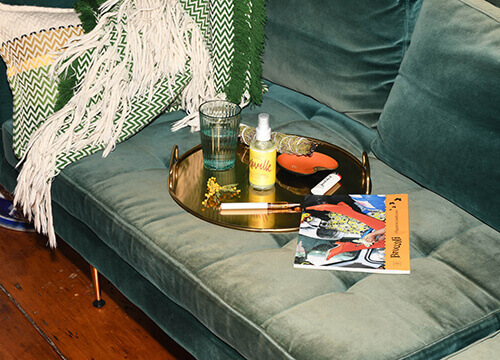 The Steady Supply
The Steady Supply

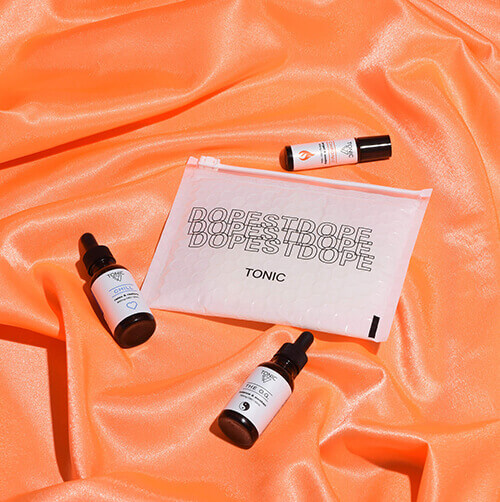 Personalized Vibes
Personalized Vibes
